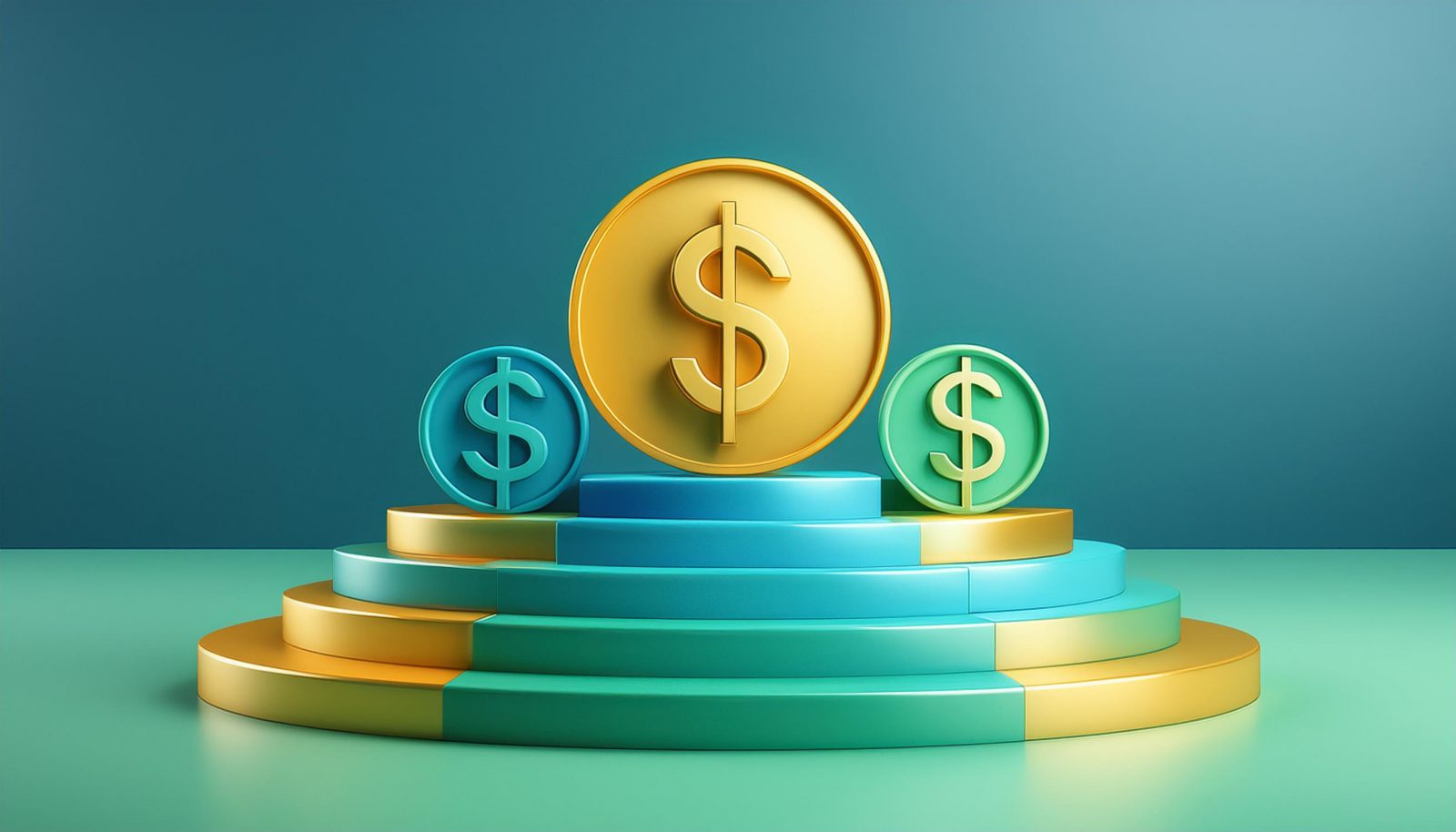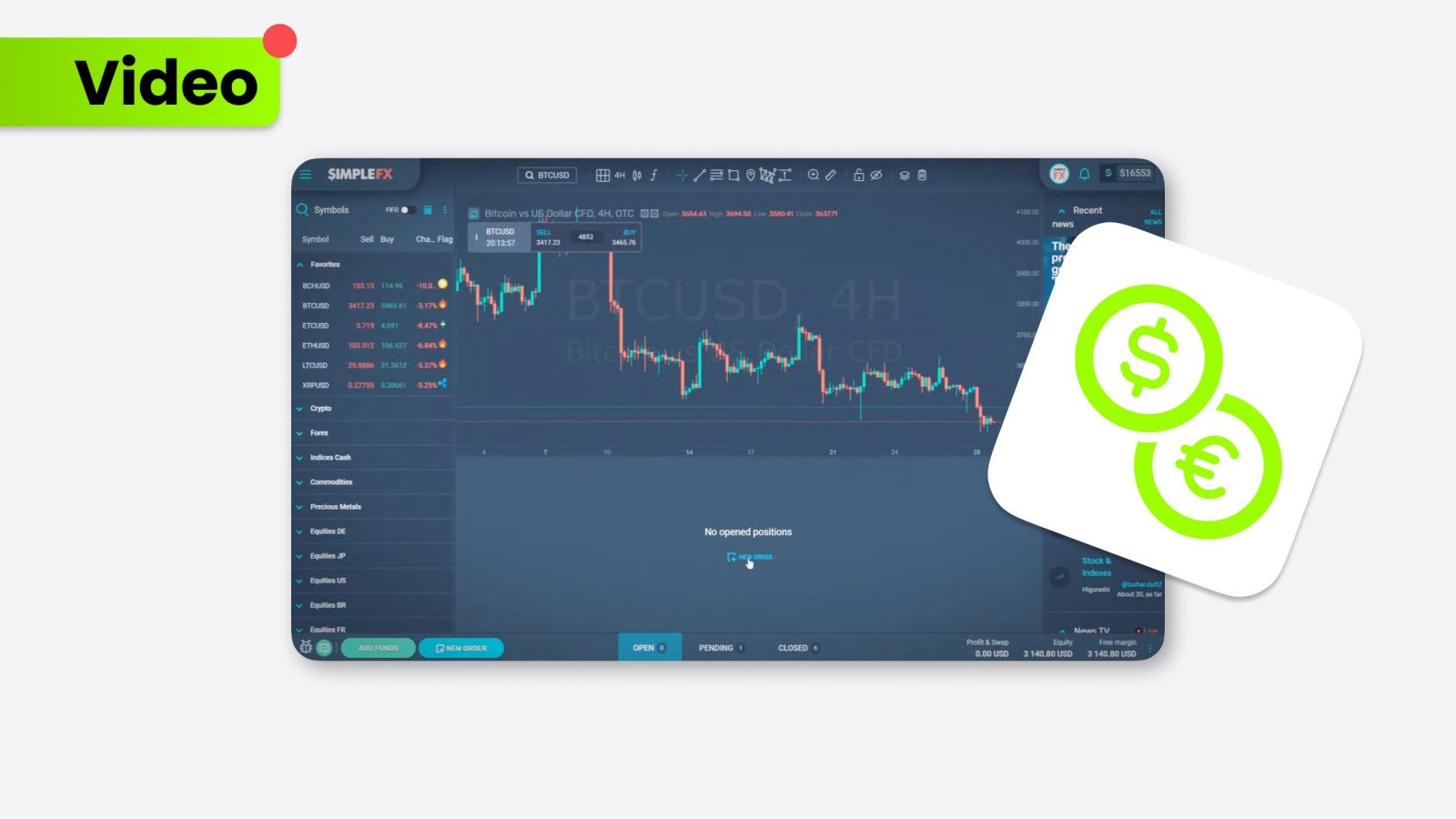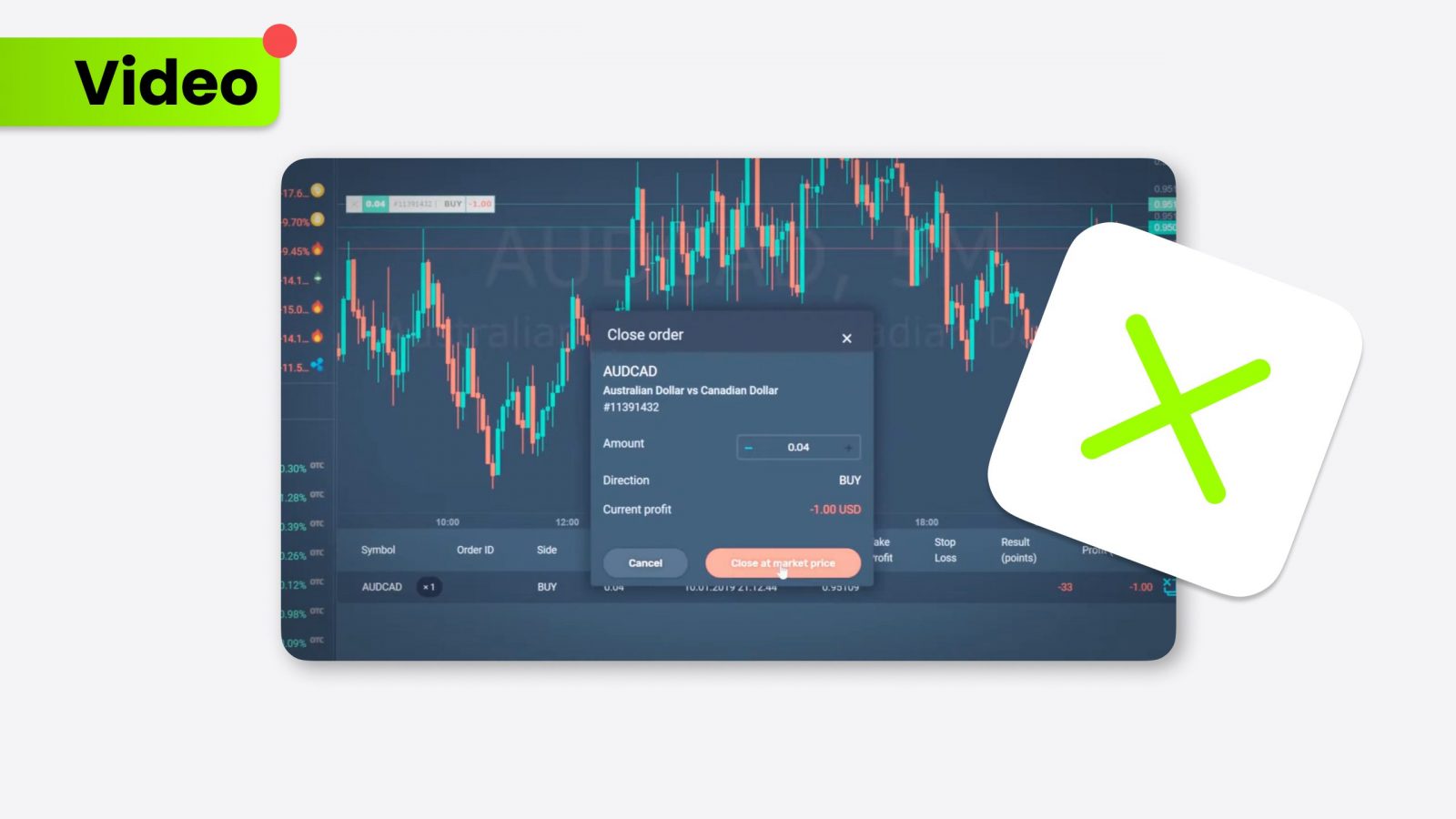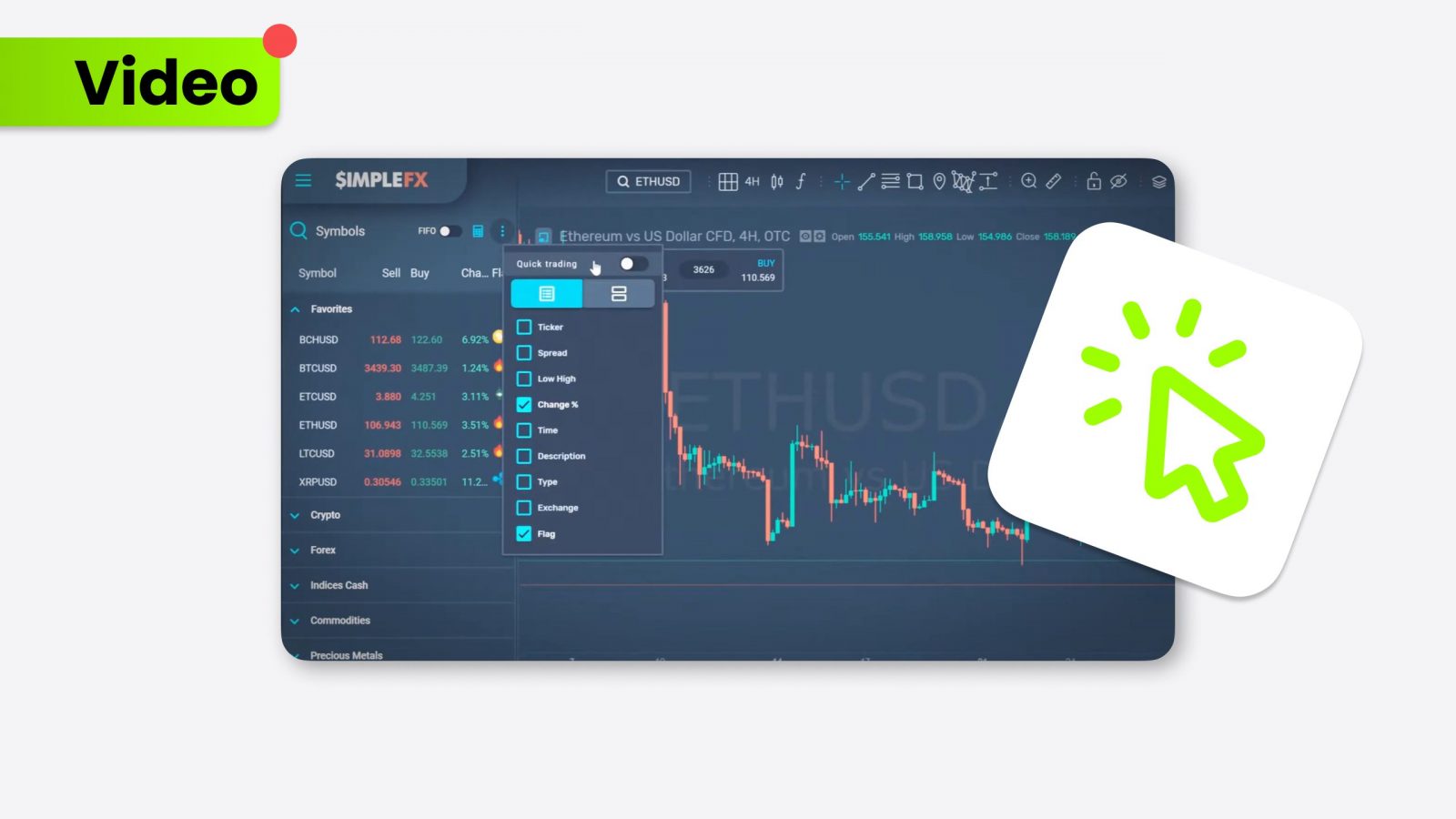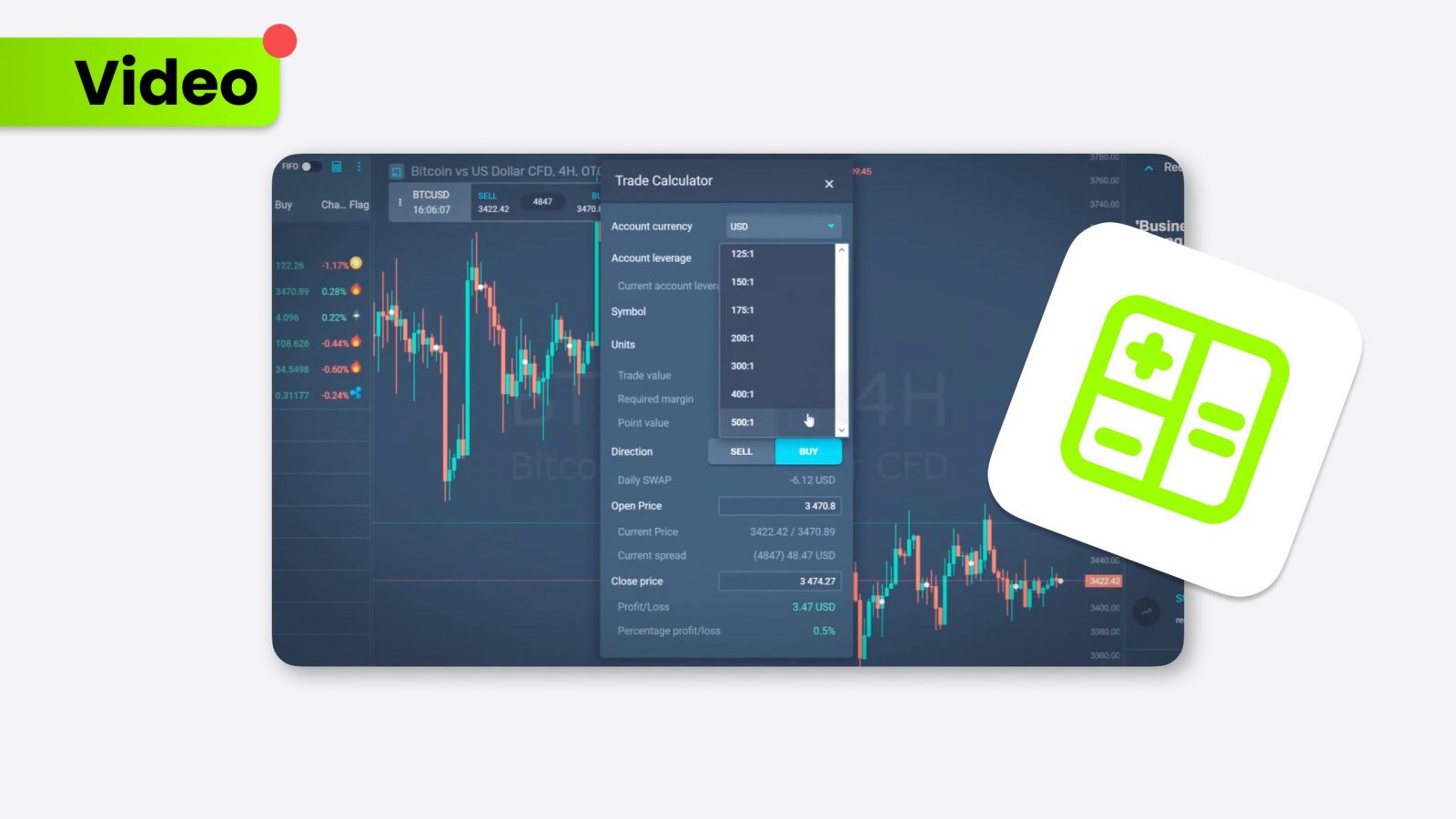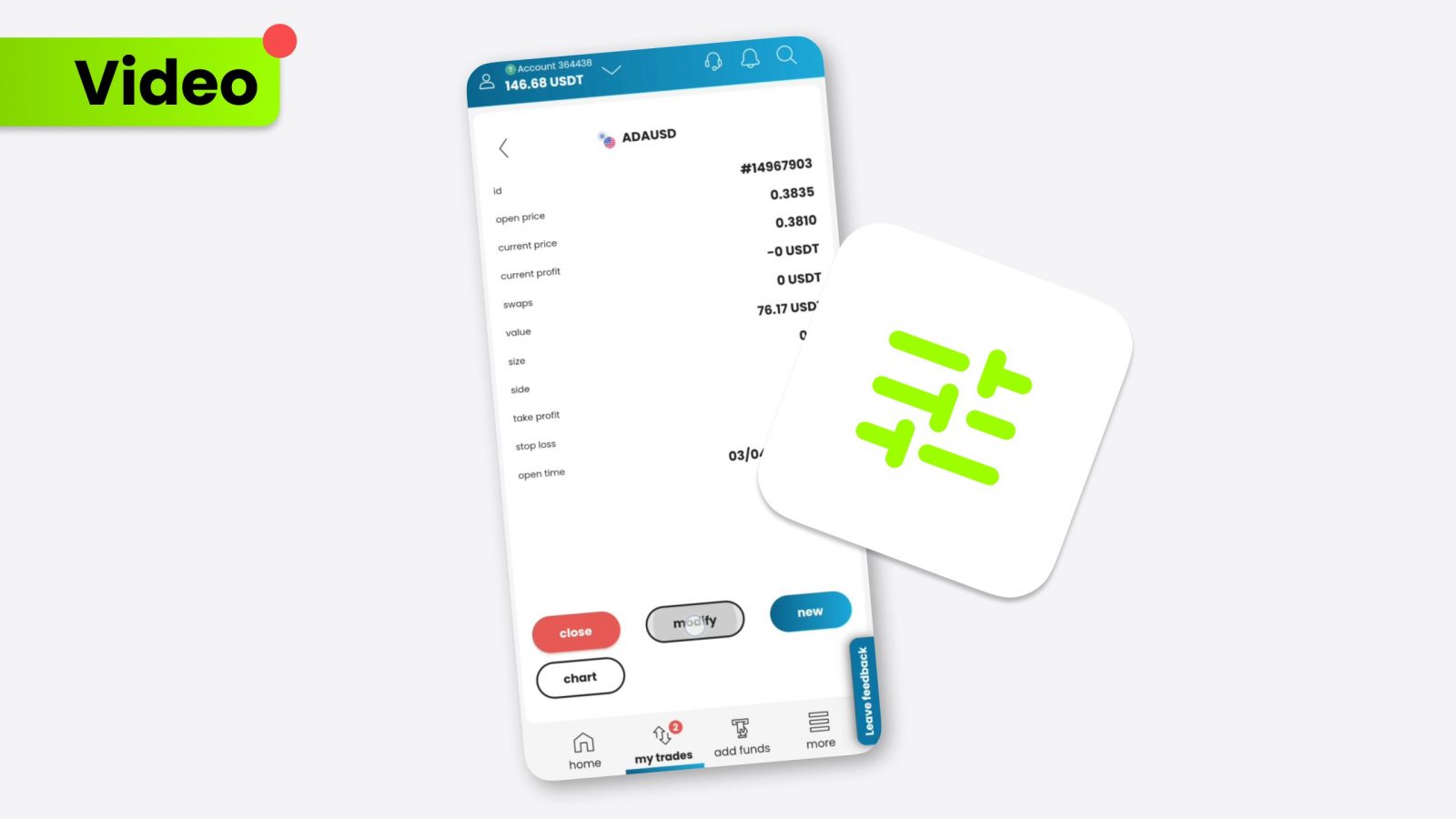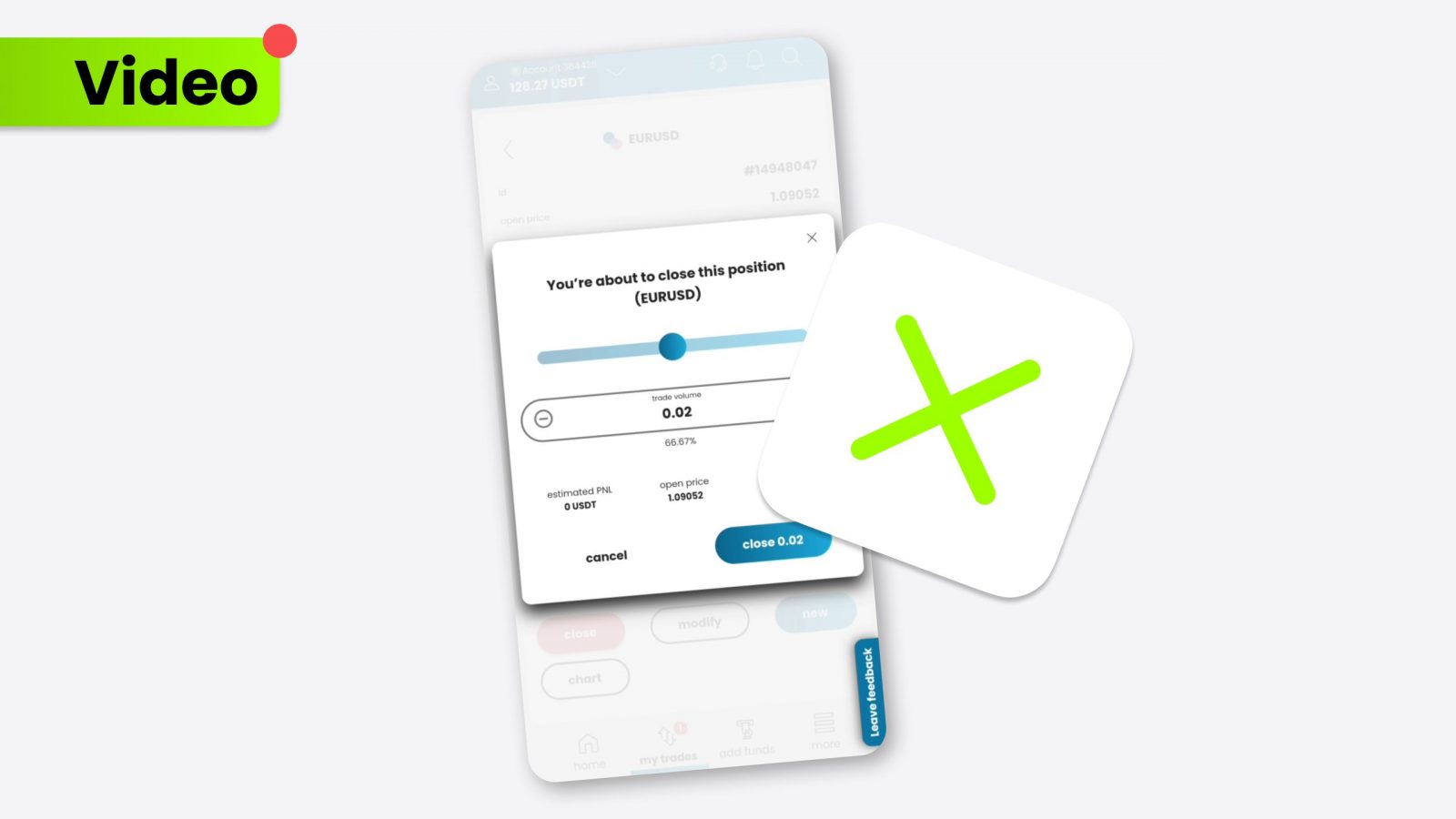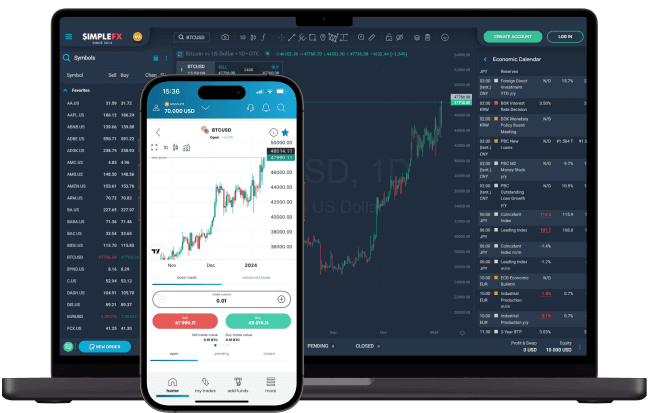Inflation is a key economic indicator that measures the rate at which the general level of prices for goods and services rises, eroding purchasing power. Understanding inflation helps individuals, businesses, and governments make informed financial decisions.
- Inflation measures how much prices have increased over time, typically annually.
- Central banks, like the FED, use tools such as interest rates and overall monetary policy to control inflation.
- Inflation is closely monitored using indicators like the Consumer Price Index (CPI), which tracks price changes across a range of goods and services.
What is the inflation rate?
The inflation rate is the percentage change in the average price level of goods and services in an economy over a period, usually measured annually and monthly. It reflects the decrease in the purchasing power of money, where each unit of currency buys fewer goods and services than before. Inflation affects everything from the cost of living to monetary policy decisions, such as setting interest rates and the Federal Reserve’s (FED) actions.
How to calculate the inflation rate?
The inflation rate is calculated using a formula that compares the prices of a fixed basket of goods and services between two periods. The formula is:
Inflation Rate = [(CPI in Current Period – CPI in Previous Period) / CPI in Previous Period] * 100
This calculation gives the percentage by which prices have increased (or decreased) over a specific period. Governments and central banks, such as the FED and the FOMC, closely monitor inflation rates to adjust their monetary policies and interest rates.
CPI inflation rate
The Consumer Price Index (CPI) is one of the most widely used indicators of inflation. It tracks changes in the prices of a specific basket of consumer goods and services, such as food, housing, and transportation, representing the cost of living.
How to calculate the inflation rate from CPI?
To calculate the inflation rate using the CPI, you need to know the value of a specific basket on two dates you will compare. Naturally, such a basket must contain identical products in the same proportion – only then is the comparison reliable.
For example, if the CPI ( the value of a particular market basket) was 250 last year and 260 this year, the inflation rate would be:
[(260 – 250) / 250] * 100 = 4%
This means that prices increased by 4% over the past year.
Inflation rate in the U.S.
The U.S. inflation rate is a critical metric that reflects the overall health of the U.S. economy. It impacts various economic factors, including the value of the U.S. Dollar, interest rates, and the cost of borrowing. The Federal Reserve, through its monetary policy, aims to maintain stable inflation levels to ensure steady economic growth, often adjusting policies based on economic indicators like NFP (Non-Farm Payroll) reports and the unemployment rate.
Historical U.S. inflation rate
The U.S. inflation rate has varied significantly over time due to economic conditions, government policies, and external factors like global oil prices or supply chain disruptions. Historically, periods of high inflation, such as the 1970s, prompted the FED to implement aggressive interest rate hikes. In contrast, low inflation or deflation, as seen during the 2008 financial crisis, led to a more accommodative monetary policy.
Even U.S. elections can influence economic policies that affect inflation, as newly elected governments may introduce measures to boost the economy or control inflationary pressures.
How does the FED control inflation?
The Federal Reserve uses several tools to control inflation, with interest rates among the most important. The FED can influence borrowing, spending, and saving behaviors across the economy by raising or lowering interest rates. For instance, when inflation rises too quickly, the FED may increase interest rates to reduce consumer spending and cool down the economy.
Other mechanisms the FED uses to manage inflation include:
- Monetary Policy Adjustments: Changing the money supply to stimulate or slow the economy.
- Open Market Operations: Buying or selling government securities to influence liquidity and interest rates.
- FOMC Decisions: The Federal Open Market Committee (FOMC) meets regularly to evaluate economic conditions and decide on interest rates and inflation control.
Conclusion
The inflation rate plays a pivotal role in the global economy, affecting everything from individual purchasing power to U.S. elections and government unemployment policies. By monitoring inflation through tools like the CPI and adjusting monetary policy, central banks, particularly the FED, work to keep inflation within manageable levels, ensuring long-term economic stability. Understanding how inflation is calculated and its broader economic implications can help individuals and businesses navigate the complexities of financial markets and policy changes.






















